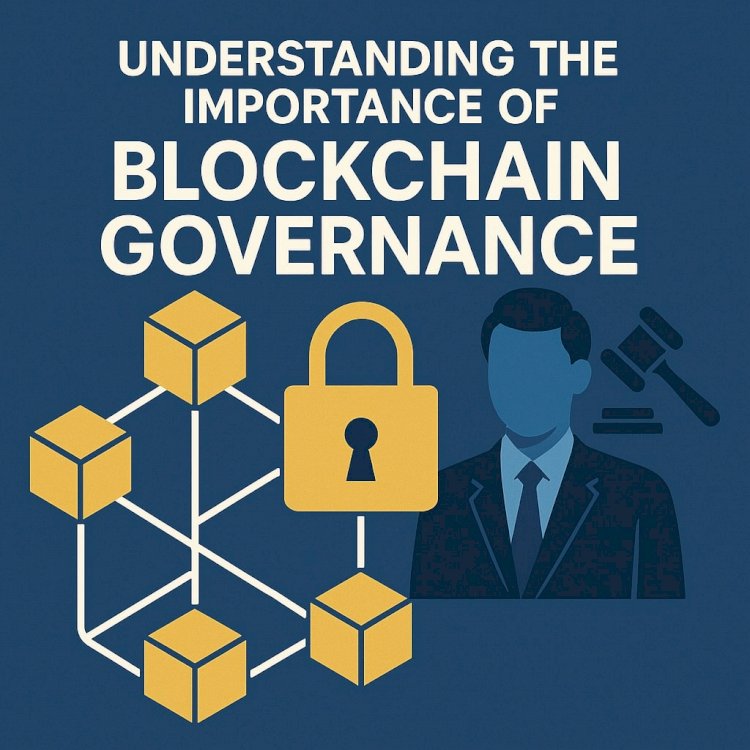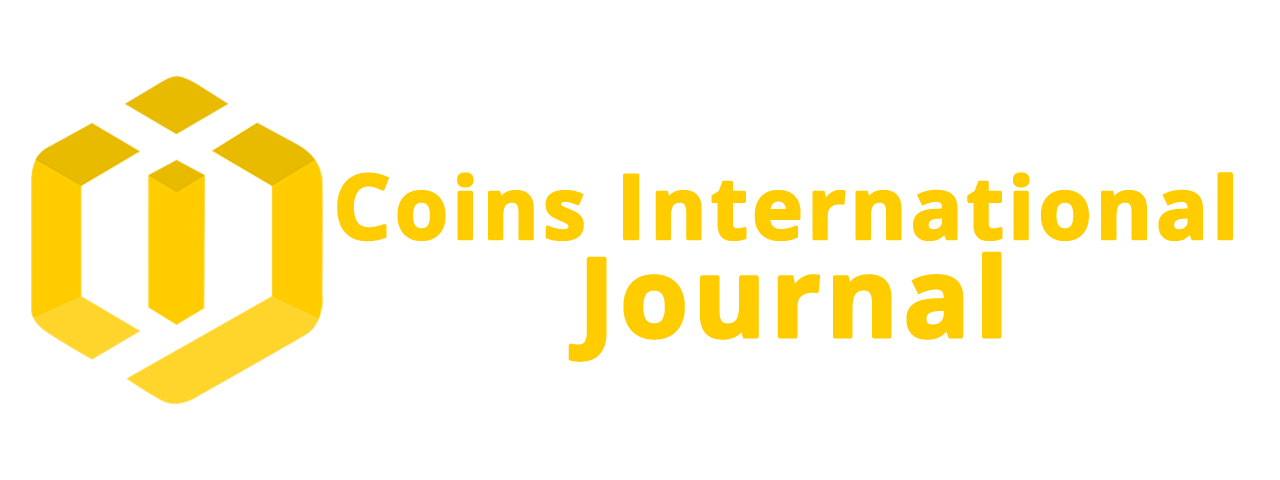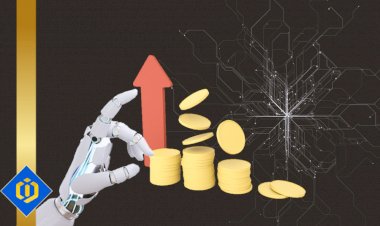Understanding the Importance of Blockchain Governance

By Dr. Pooyan Ghamari, Swiss Economist and Visionary
In the past decade, blockchain has shifted from a speculative curiosity to a transformative technology with the potential to reshape industries, governmental systems, finance, supply chains, identity management, and more. Yet as with any powerful innovation, its promise depends not only on technological prowess, but on how it is governed. In this article, I explore what blockchain governance is, why it matters critically, the models and principles that guide it, the challenges it faces, and why all stakeholders—developers, users, regulators—must become literate in governance for blockchain to fulfill its potential.
What is Blockchain Governance?
At its core, blockchain governance refers to the rules, processes, and decision-making mechanisms by which a blockchain network is managed: how protocols are upgraded, how disputes are resolved, how stakeholders influence changes, how resources are allocated, and how accountability and transparency are maintained. Governance encompasses both technical dimensions such as consensus mechanisms, software upgrades, and forks, and social, economic, legal, and ethical dimensions such as voting rights, incentives, and regulatory compliance.
Why Governance is Critical
There are several reasons why governance is indispensable:
Stability and Security
Without clear and well-understood decision processes, blockchain networks become vulnerable to contentious forks, poorly tested upgrades, or attacks exploiting ambiguities. Governance ensures that protocol changes are deliberated, tested, and adopted without fracturing the network.
Adaptability and Upgradability
Scalability, privacy, interoperability, and energy efficiency are constant challenges. Governance enables a blockchain to adapt over time, implementing improvements and correcting flaws while balancing continuity.
Trust and Legitimacy
Users, developers, investors, and regulators need confidence that governance is fair, transparent, and inclusive. When participants believe the rules are reasonable and enforceable, they are more likely to invest effort and resources.
Alignment of Incentives
Blockchains involve many actors with diverse, even conflicting, interests. Governance defines how rewards, costs, and risks are shared, which helps ensure cooperation rather than adversarial behavior.
Legal, Regulatory, and Ethical Compliance
As blockchains interact more with real-world systems, legal and regulatory demands become unavoidable. Governance must bridge the on-chain and off-chain divide, ensuring compliance with law while considering fairness, equality, and environmental responsibility.
Preventing Centralization and Abuse of Power
Decentralized networks can drift toward centralization when certain actors dominate. Governance models must guard against this risk, maintaining true decentralization in practice.
Sustainability over the Long Term
The lifespan of a blockchain may span decades. Governance that is rigid risks obsolescence, while governance that is too ad hoc risks chaos. Balance is necessary for long-term sustainability.
Models and Principles of Blockchain Governance
Different blockchains adopt different governance models, often blending approaches:
-
On-chain governance: Decision processes are encoded directly into the blockchain. Token holders vote, and upgrades happen automatically. This offers transparency but risks token-based centralization.
-
Off-chain governance: Decisions occur outside the blockchain, often through developer groups, foundations, or councils. It can be flexible but risks opacity.
-
Hybrid governance: A combination of both, where deliberation may happen off-chain but decisions are ratified on-chain. This model is increasingly common.
Certain principles guide effective governance: decentralization of power, clarity of decision rights, alignment of incentives, accountability, transparency, fair representation, long-term sustainability, and respect for legal and ethical responsibilities.
Challenges and Trade-Offs
Despite its importance, blockchain governance faces significant challenges:
-
Balancing governance with efficiency: democratic processes can slow urgent decision-making.
-
Voter apathy and low participation, which concentrate power in the hands of a few.
-
Coordination difficulties across global communities with diverse priorities.
-
The risk of hard forks and network splits when consensus fails.
-
Regulatory uncertainty across different jurisdictions.
-
Centralization pressures from economies of scale or validator dominance.
-
Security vulnerabilities arising from governance tokens or malicious proposals.
-
Ethical concerns, such as environmental impact and inclusivity, which are often overlooked.
Examples: What’s Working, What’s Not
Some networks highlight both successes and pitfalls of governance:
-
Polkadot: Implements a structured on-chain governance system with evolving mechanisms for community involvement.
-
Hedera Hashgraph: Uses a governance council of established institutions, trading decentralization for predictability.
-
DAOs (Decentralized Autonomous Organizations): Showcase the ambition of automated governance but also its risks, as seen in the 2016 DAO hack and other participation failures.
Why All Stakeholders Should Care
Governance affects every participant in the blockchain ecosystem:
-
Developers rely on governance to ensure their protocols can evolve safely.
-
Users and token holders depend on it for rights, protections, and influence.
-
Investors and businesses view governance as a measure of stability, risk, and compliance.
-
Regulators need governance structures to ensure accountability and adherence to law.
-
Society at large has a stake because blockchains increasingly touch civic functions, public goods, and sustainability issues.
Best Practices and Recommendations
To strengthen governance, certain practices are essential:
-
Design governance mechanisms from the outset.
-
Use modular systems for different types of decisions.
-
Incentivize active participation.
-
Ensure transparency and auditable processes.
-
Provide emergency safeguards without undermining fairness.
-
Embed legal and ethical considerations.
-
Carefully design governance tokens to prevent concentration of power.
-
Treat governance as iterative, open to review and adaptation.
Future Trends in Governance
Looking ahead, blockchain governance will likely evolve through:
-
The rise of reputation-based systems to reduce plutocracy.
-
Greater reliance on hybrid governance models blending community and institutional oversight.
-
Formal regulation and standardization, especially in finance and public systems.
-
Formal verification of governance processes to ensure their integrity.
-
Stronger emphasis on sustainability, fairness, and long-term impact.
Blockchain governance is not a secondary matter—it is central to the technology’s success. The promise of decentralization, transparency, and innovation will only be realized if governance is intentional, inclusive, and resilient. Projects with strong governance will attract trust, capital, and sustainability, while those that neglect it risk fragmentation or failure.
As a Swiss economist, I believe blockchain governance will shape not just individual projects but the global trust in decentralized technologies. For blockchain to deliver a more inclusive and transparent future, governance must remain a priority from inception to evolution.
About the Author
Dr. Pooyan Ghamari is a Swiss economist and visionary focused on the interplay of technology, governance, and sustainable economic systems. His work spans blockchain policy, economic theory, and institutional design.

 content-team
content-team 

















